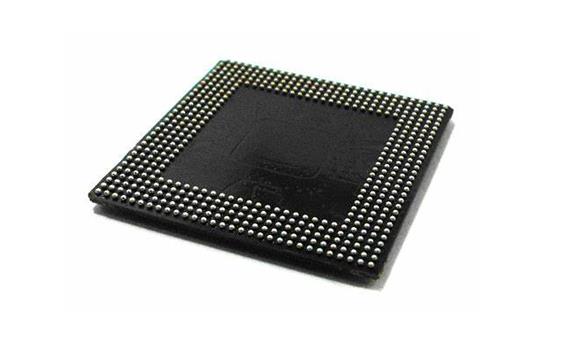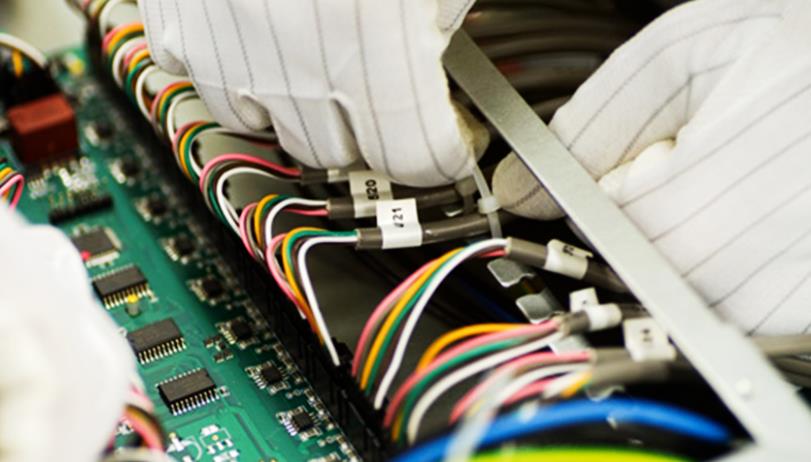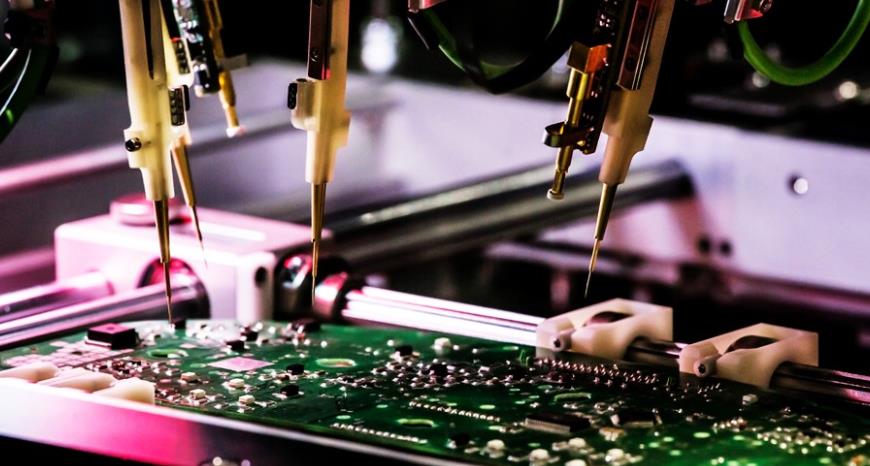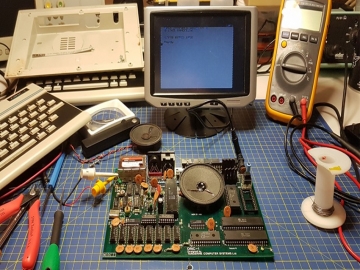What is the difference between SMD and SMT? How to choose an SMT factory?
Certainly, here's the translation:
SMD vs. SMT: Differences
SMD (Surface Mount Device) and SMT (Surface Mount Technology) play crucial roles in the electronics manufacturing industry, though they share a common goal of attaching electronic components directly onto printed circuit boards (PCBs). However, there are some key differences between them:
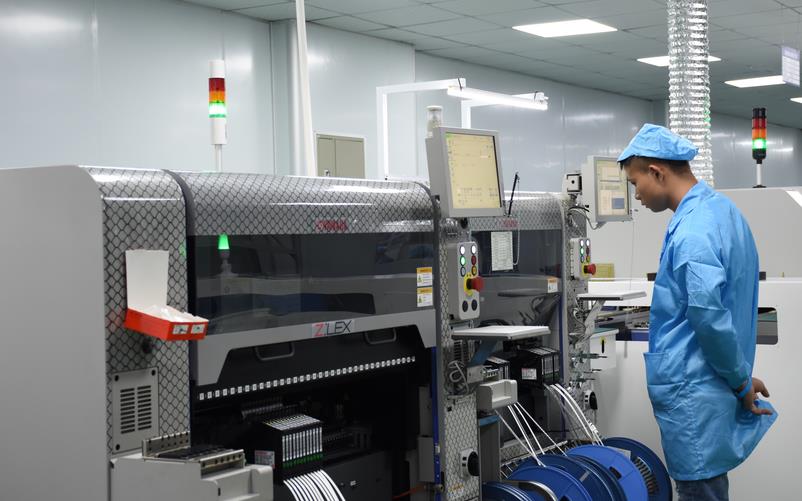
- Definition:
- SMD: Refers to the electronic components that are designed to be mounted directly onto the surface of a PCB. They are known for their small size, light weight, and powerful functionality, making them widely used in electronic products.
- SMT: Represents the technology used to attach electronic components, including SMDs, onto the surface of a PCB. This technology enables high-speed, high-precision, and high-density assembly, which is crucial in electronics production.
- Structure and Implementation:
- SMD: As a component, SMDs are attached to the PCB surface through soldering, eliminating the need for through-hole soldering and reducing production costs.
- SMT: As a technology, SMT involves the placement of electronic components (including SMDs) onto the PCB surface using solder paste or adhesive, achieving circuit integration and miniaturization.
- Application Areas:
- SMD: Due to their small size, light weight, and powerful features, SMDs are widely used in consumer electronics, communication devices, computers, and more.
- SMT: SMT technology is applied in high-speed, high-density, and multi-layer PCBs, enabling the production of complex and compact electronic devices.
- Manufacturing and Maintenance:
- Manufacturing: SMD manufacturing involves molding, cutting, and packaging, while SMT technology encompasses printing, placement, and inspection processes.
- Maintenance: SMT-assembled boards may require regular cleaning and inspection due to their high-density assembly. SMD components, while simpler in structure, can be more challenging to repair or replace due to their small size.
Choosing an SMT Factory
When selecting an SMT factory, consider the following aspects:
- Technical Capability and Equipment:
- Choose a factory with advanced SMT placement machines, precise inspection instruments, and an experienced technical team to ensure high placement accuracy, stability, and reliability.
- The factory should demonstrate a commitment to continuous technological innovation and research.
- Quality Management and Control:
- Ensure the factory has a rigorous quality management system, such as ISO certification, covering the entire production process from raw material procurement to final inspection.
- A comprehensive quality management system is essential for ensuring product quality stability and reliability.
- Production Capacity and Lead Time:
- Select a factory with efficient production lines and flexible scheduling capabilities to meet delivery deadlines.
- The factory should be able to adapt quickly to market changes and offer customized services to meet client needs.
- Service Level and After-Sales Support:
- The factory should provide comprehensive pre-sales consulting, technical support, and after-sales service to promptly address any issues encountered during product usage.
- Establish a strong customer service system that regularly communicates with clients, understands their needs, and offers personalized solutions.
- Cost-Effectiveness:
- Evaluate the factory's cost-effectiveness by considering its technical capabilities, quality assurance, production capacity, service level, and pricing.
Choose a factory that offers reasonable prices while ensuring product quality and timely delivery, thereby creating value for customers.
Through comprehensive consideration of the above aspects, a suitable SMT factory can be selected more scientifically to ensure that the quality and performance of electronic products meet market demand.
Tags: SMT /SMD /SMT_factory /
Prev: What is one-stop PCB assembly service? What does it include?
Next: Two common PCB panel designs


